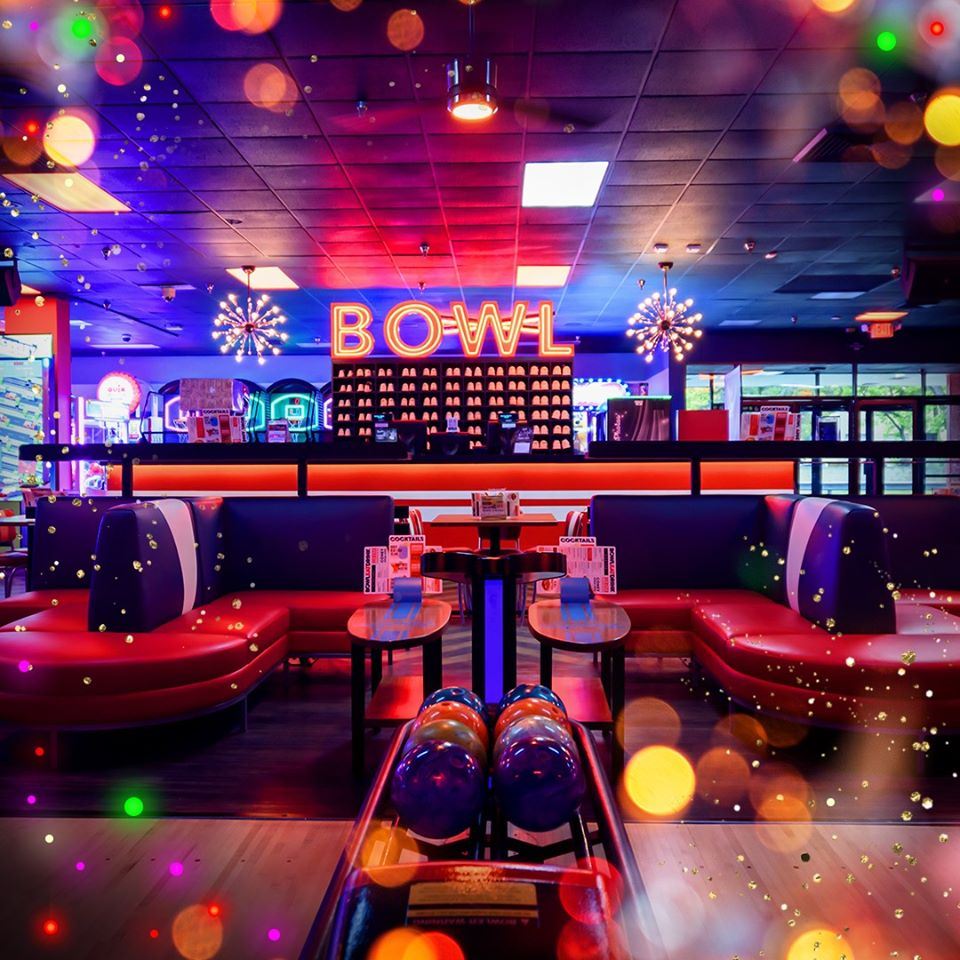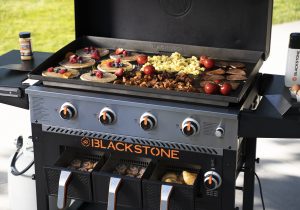
By Jarrett Banks
Bowling giant Bowlero Corp. announced in July that it plans to list on the NYSE through a merger with Isos Acquisition Corp. (NYSE: ISOS.U). Upon closing of the transaction with Isos, Bowlero’s common stock and warrants are expected to trade on NYSE under the new ticker symbols “BOWL” and “BOWL WS.”
Bowlero is the world’s largest owner and operator of bowling centers as well as owner of the Professional Bowlers Association (PBA). The company’s high-end venues have attracted a new generation of bowlers.
IPO Edge sat down with Bowlero President & CFO Brett Parker to find out more.
IPO Edge: Tell us how Bowlero’s business started and how it got to where it is today.
The business was founded in 1997 when Tom Shannon, our founder and CEO bought a single bowling center down in Greenwich Village called Bowlmor Lanes. It was doing about a million dollars in revenue and losing a little bit of money in EBITDA.
He had a vision to reimagine what bowling could be and to take this core experience of bowling, which has very broad appeal. Most people have a positive bedrock experience of it from when they were younger but the wrapper has gone stale. The traditional bowling model got to the greasy hot dog and the warm beer and the cold food. The step forward here was to take that core experience and wrap it up in an experience of high design, service and an offering that was relevant to today’s consumer, particularly, the more affluent consumer. By the early 2010s, Bowlmor Lanes in Greenwich Village had about $15 million in revenue and $7.5 million of EBITDA.
Then over the next 10-plus years, we grew by building new units only, we built big ones, we made big bets in premiere markets, Bethesda, Maryland, Miami, Silicon Valley, now, Orange County, California. We hit all those big ones. That was really phase one of our experience as a business. We really refined the model and how to operate it.
That set us up so that in late 2012, when the AMF business became available, we pounced immediately and moved to get ourselves in position to own that because we knew that there were massive amounts of opportunity if someone could get in there and actually operate the business properly. We were able to acquire AMF in 2013. We went overnight from 6 locations to 272 and from 300 employees to north of 8,000.
That was a pretty dramatic transition for us. But it was really fun and it was really exhilarating in that almost everything about what the business was doing was broken. Everywhere you look, there was opportunity and you could go from one thing to the next. In the first year, we took $30 million worth of costs out. Less than a year later, we acquired the second largest bowling center operator, which was Brunswick’s bowling center business.
Then we had this large diversified portfolio of assets that was an incredible proving ground for us and a place that we could continue to deploy capital and earn exceptional returns on a very consistent basis.
Our big focus was on optimizing the portfolio and investing where it made sense and getting all these things done. Then during 2017-18 we transitioned to where we started adding units. That, I would say, is the next phase going forward.
We have three main growth vectors that we’re focused on. The conversions of existing centers, which is what I was talking about earlier, taking traditional bowling centers and bringing them to the Bowlero model. We have acquisitions. This is a highly fragmented industry with 3,500 or so “mom and pops”, which are ripe for roll-up for us and then through new builds where we’re continuing to build new centers. Now, we’re layering on top of that core growth with adding the media business with the PBA, the gamification initiatives and then with QMS, which is our software tool.
We’ve come a long way from one smelly bowling alley in Greenwich Village. We’re proud of where we are and we think we’re highly differentiated from a lot of other companies that are going through similar deal structure than we are in that this is a long duration business that produces a ton of revenue and a ton of EBITDA and has been doing so consistently and with rapid growth for a long time.
IPO Edge: Could you talk about who your core customers are?
What we’ve really landed on is that if you make it nice and you make it hip and fun and cool and the service is good and the offerings are quality, you’re not turning anyone off. You have a lot of people who have targeted only the kids and family angle. Then it’s not really nice enough to attract you and your significant other to go for a date night. Or you have people that have gone really nice and they’ve gotten confused about what they’re doing. They only put a few lanes in and a big restaurant and bowling is just the hook. Then the economics don’t really work. Where we’ve landed is a nice, big bowling center that’s totally relevant for kids and families during the day, maybe senior leagues during the day for leagues and events at varying levels on weeknights and then for a fun, hipster-type crowd on the weekends.
IPO Edge: COVID has hit businesses and in-person events across the board. Tell us about how your business has performed through the reopening.
The rebound has been frankly far in excess of what our expectations were. We closed all of our centers in March of 2020, along with every other business like ours. By May, we were able to get some open in Georgia. Then we started to get open in Florida and as things came online, revenue came back quickly. One of the big learnings and part of why we’ve been able to operate the business so efficiently since is that we did an analysis actually while everything was closed and we went through an estimated EBITDA break-even or cash flow break-even for each of the centers on a by-center basis. What we found was that we dramatically underestimated the variable nature of our cost structure. We could be profitable at even lower levels than we thought.
We were EBITDA positive in the centers that were open right out of the gates. Then that went on and you had the steady growth as centers came online. That really culminated in our fiscal Q4, the June quarter of this year where April was the last month that we had negative comps versus pre-COVID. That was because we didn’t have California yet, which is our biggest market.
In May, California came online and we were up 6% versus pre-pandemic levels. June, more than doubled that to 13%. In July, we doubled that again to 26%. Then August and September to date we’re running north of 20%. The revenue recovery has been really strong but what’s been the geometric profit growth that’s come with that has been driven by the fact that not only is revenue higher but that we’re operating in a materially more efficient fashion.
IPO Edge: Are kids still excited about bowling?
Kids love bowling. Bowling’s been through a lot of generations in the US. Really, it’s unlike really anything else. I think the average bowling center in the US was built in 1959 or 1960. These things have been around a long time and through a lot of generations and people continue to come. What we’re seeing is if you think about actual sport bowling — I know this was true at least as of about a year ago — high school bowling was the fastest-growing high school sport and college bowling is becoming increasingly popular.
There’s a lot on the competitive side, but more important is what’s going on in retail basis. If you look at Gen-X, Gen-Z and millennials, they’re spending an increasingly larger share of their wallet on experiences rather than on things. They want that Instagramable moment. Being in one of our centers with their friends, celebrating their bowling and cheers with a drink provides just that kind of experience at a very high-value price point. We’ve seen a ton of traction with people as they continue to age in.
Contact:
Jarrett Banks, Editor-at-Large
Twitter: @IPOEdge
Instagram: @IPOEdge







